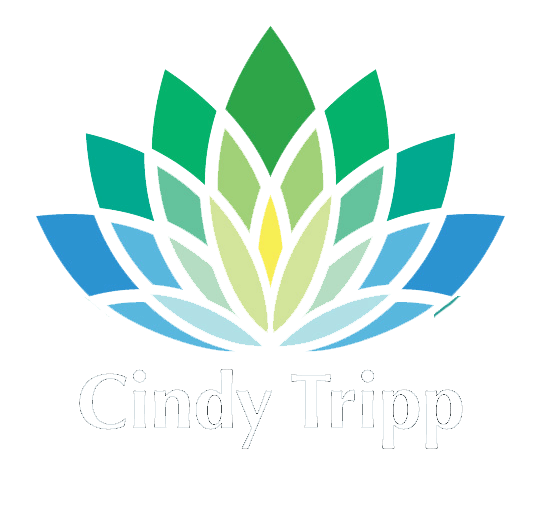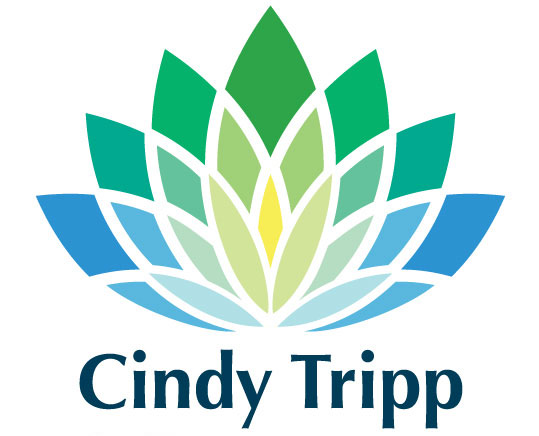Discovery, Creativity, Innovation. When you think of these words I bet you don’t think of associating words like discipline and process to them. Yet, I would say it is appropriate to do just that, but in ways that may not be what you might typically imagine.
Two common schools of thought about discovering new ideas are:
“The creative process is an ambiguous process, an art, that only a precious few are capable of doing.”
“We need to hold our creative process to the same standards as our ongoing business process.”
Neither of these is true. When I think about my first hand experience building new ideas, whether they were a new product, service or marketing idea, I saw these two extremes first hand at work and the diluting impact they had on the power of the idea being born.
Some creative people want to make you believe creativity is a form of magic, a black box, that only they know how to unlock. This first stance keeps diversity out and therefore hinders breakthrough creativity. To these proponents I say, invite in a wide array of skills, talents and perspectives and focus on setting the conditions for discovery to occur. Paramount among these conditions is fostering candor–that all involved are free to express their thoughts and that when you disagree you become curious to learn more, to perhaps discover something new. Out of candor and curiosity springs new ideas not ever imagined before. Setting the conditions for candor, curiosity and discovery is an important step in the discipline and process of creativity whether an idea is technology, human or business strategy inspired.
More commonly experienced in my career is the second school of thought that a new idea in development must live up to the rigor and standards of business protocols and that those standards that assess the current business are appropriate for a new, emerging idea.
High standards, yes! The same standards as the base business, no! Base business standards focus on reliability metrics which is about optimization, not discovery. So, what are the standards for innovations or new ideas?
In a discovery process, there are limited benchmarks or historical reference points that will help. The more new and different an idea is the more quickly benchmarks fade away. The metrics of rigor in a discovery process are validity metrics: insights, energy, resonance.
- Insights are at the heart. Great new ideas usually spring from a deep insight that contains within it an unresolved tension that now can be addressed. Judging a new idea on whether or not it is based upon an insight is good discovery discipline.
- Once you begin formulating the idea into tangible prototypes, you can begin to see the energy it evokes in the intended target audience. Once while developing a new product for a brand, I noticed the consumers were so enthusiastic that they were sneaking the prototypes at the consumer research into their purses. They professed LOVE for the prototyped product and then acted accordingly. The energy was palpable and I knew were onto something big (which was proven later in the marketplace success).
- Finally resonance with the intended consumer is a key indicator. Does the idea fit into their life in a delighting way? Here you see how well you delivered the insight in the innovation as you have them interact with the product in situation and see all the little discoveries and things that they articulate to you about the idea that you might never have been able to say to them.
All of these things are more validity measures and are the best way I have learned to discover and nurture a new idea. In these situations, the most important thing is to make sure you are not in an office separated from the person you are serving with your idea. You have to take a stance of curiosity and co-creation to get the dynamics in place to know whether or not you are building a new idea that is truly relevant, that has potential.

